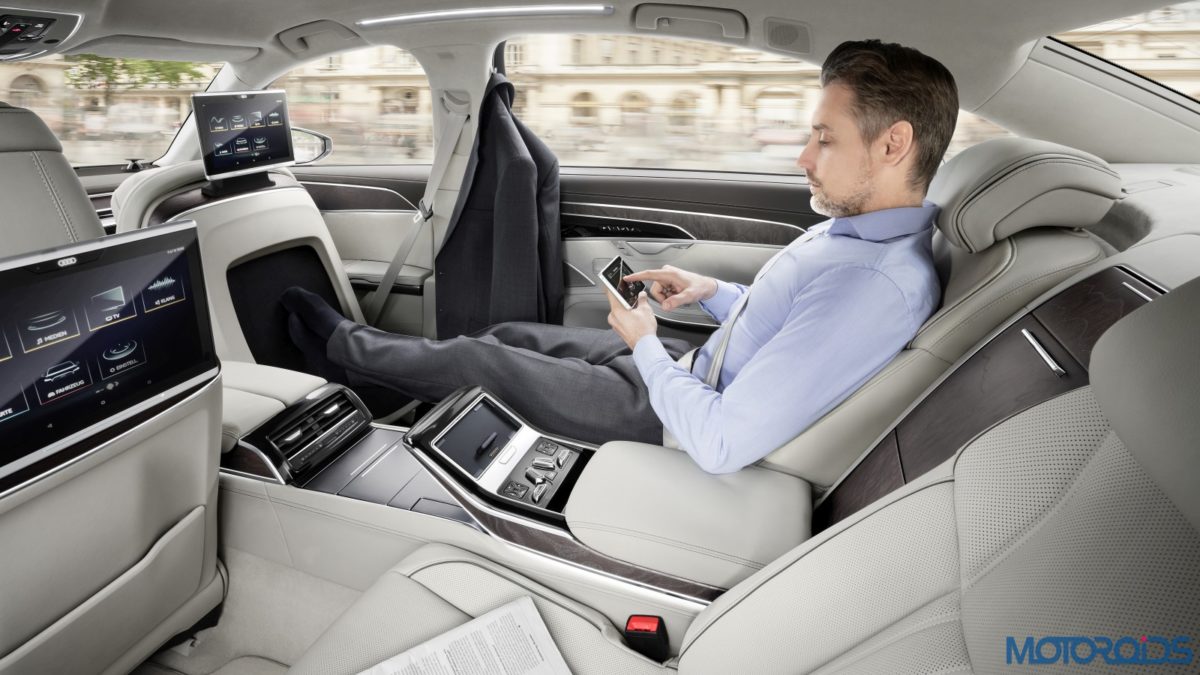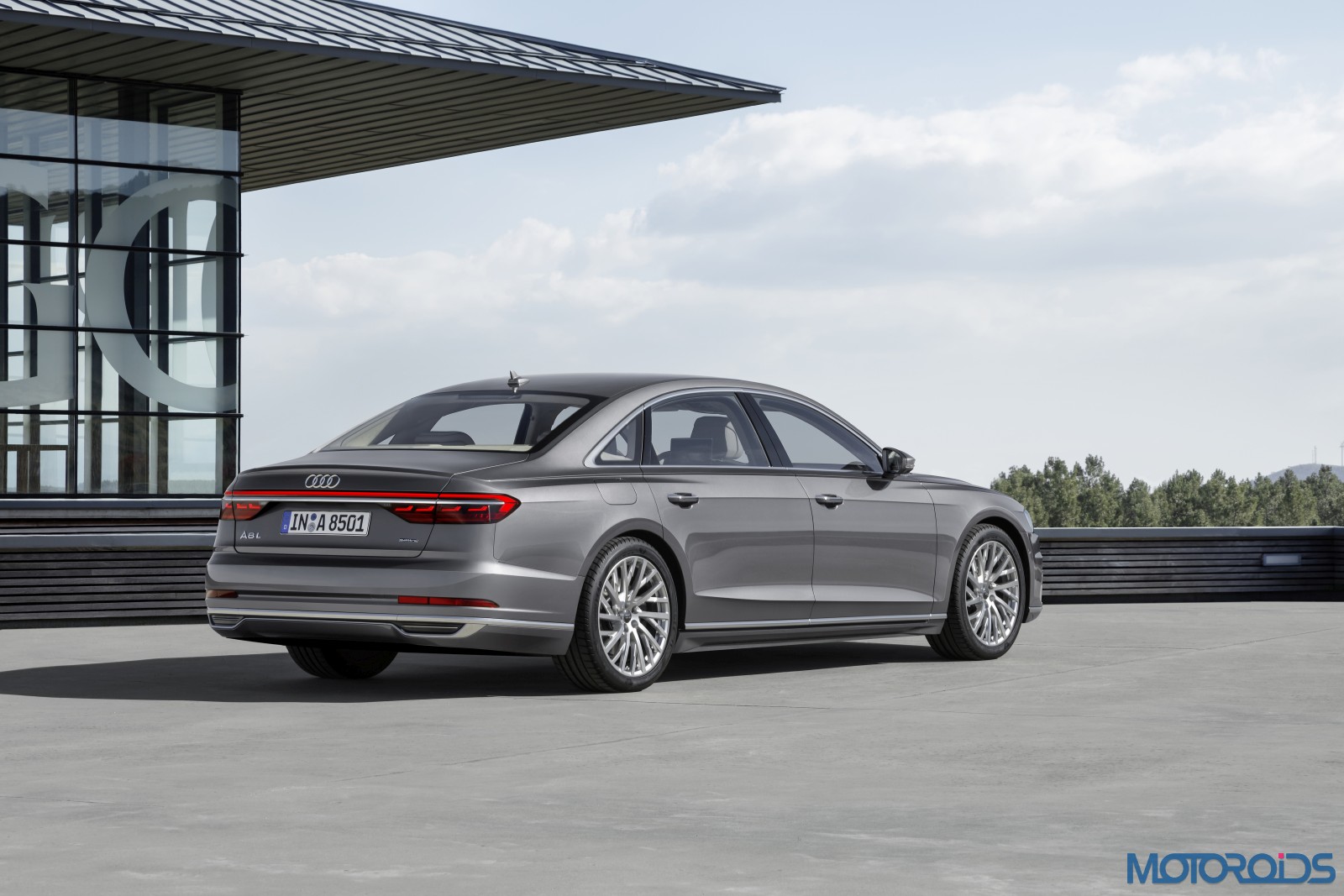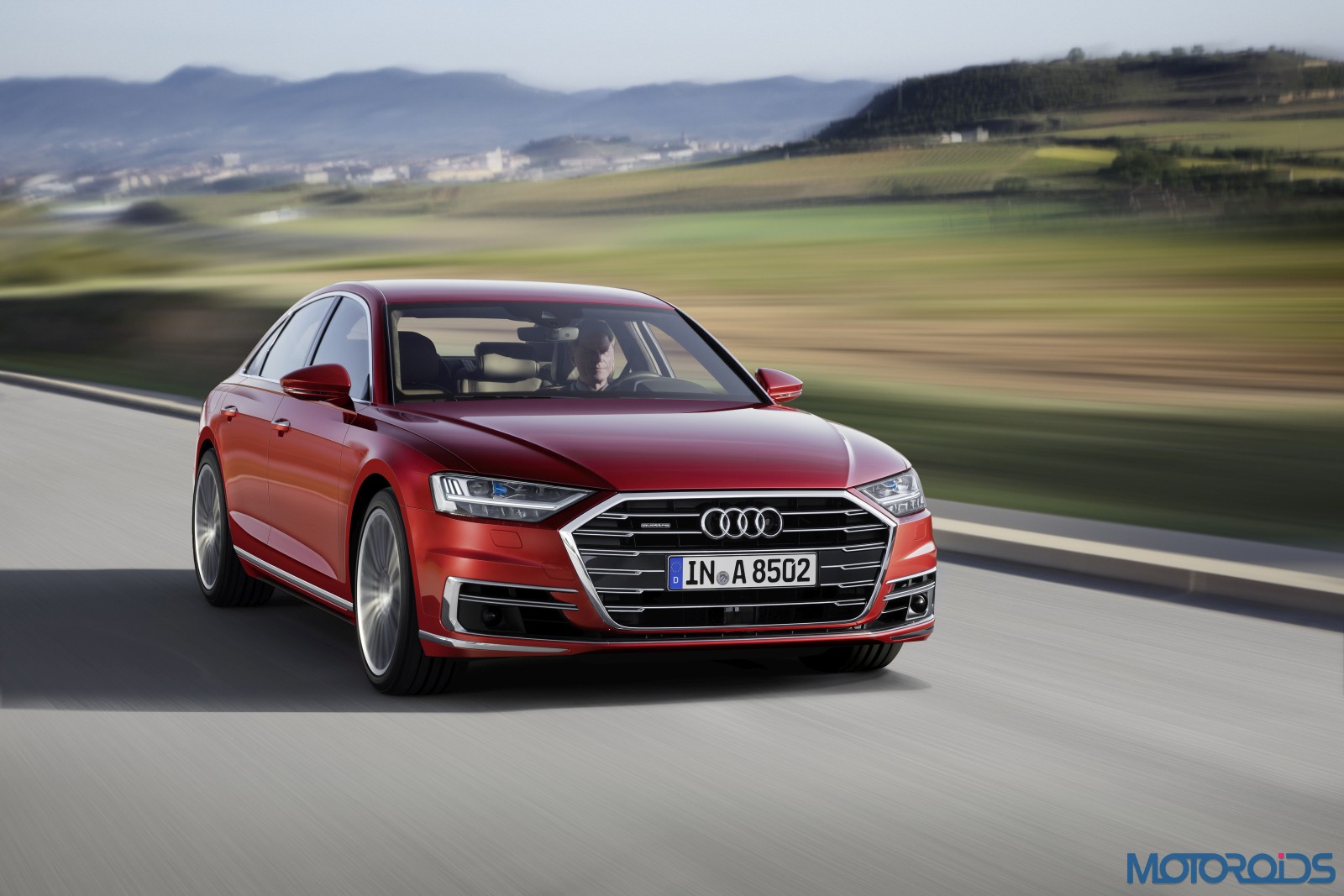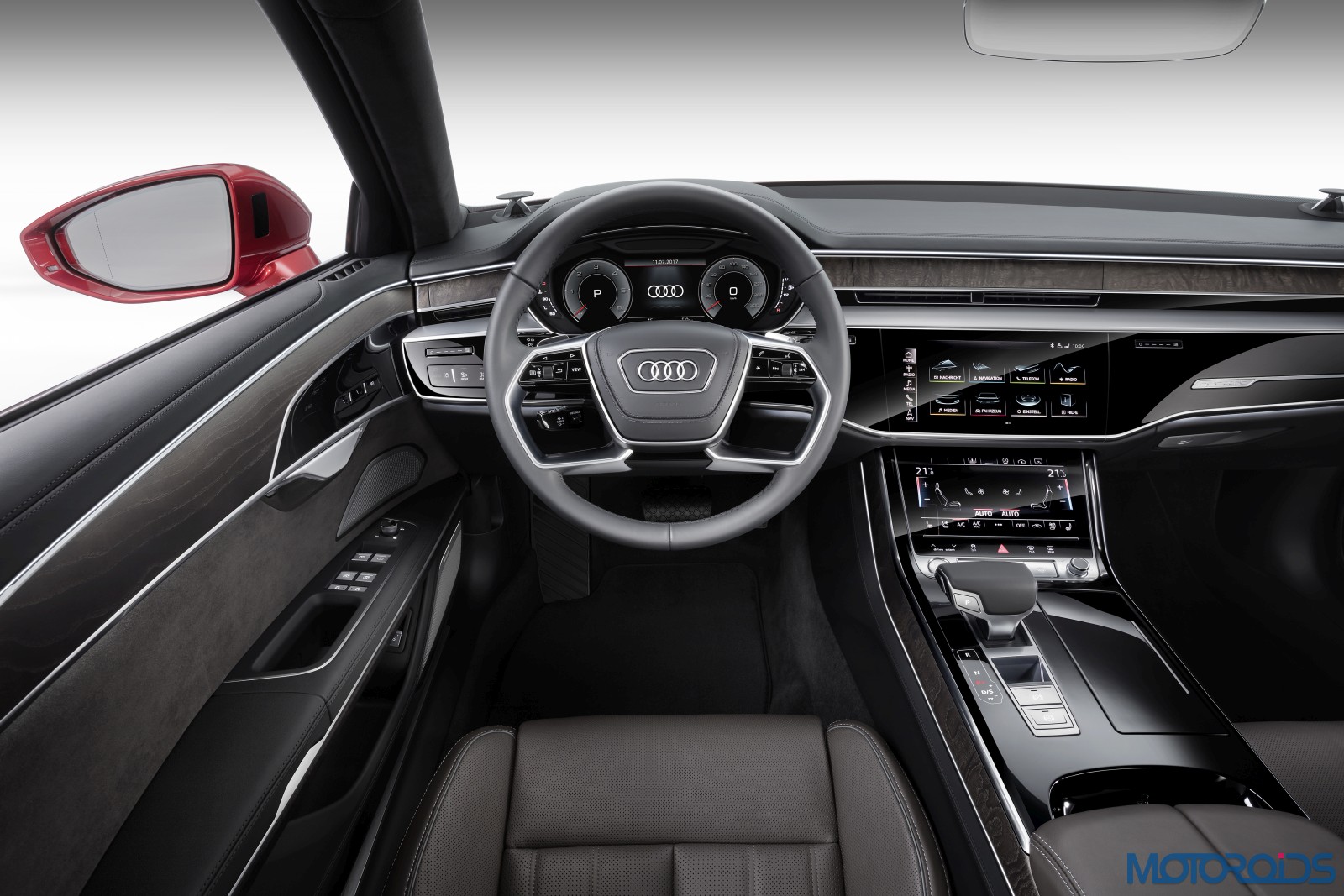When a revolution has to be ushered in, generally, it is the torchbearer who must take lead and the responsibility if things don’t go as planned. During an event in Germany, Audi showcased its flagship A8 and the sedan’s Level 3 Autonomous driving capability. To put things in perspective, on a scale of 0 to 5, level 0 is where everything’s manual, while level 5 requires no human intervention. The autonomous driving technology currently offered by manufacturers like Tesla and GM is at Level 2.
However, in a semi-autonomous environment, the situation can be confusing if the vehicle ever manages to involve itself in an accident. To clarify such doubts, Audi has announced that it will take full responsibility in a situation where one of its autonomous vehicles is involved in an accident. The announcement was made by Dr Thorsten Leonhardt, Audi’s boss for pre-development of automated driving.
He said, “When the function is operated as intended, if the customer turns the traffic jam pilot on and uses it as intended, and if the car was in control at the time of the accident, the driver goes to his insurance company and the insurance company will compensate the victims of the accident and in the aftermath they come to us and we have to pay them.”
Audi will become one of the early adopters of Autonomous Technology with the expected debut of its AI Traffic Jam Pilot system on the Euro-spec A8 sedan. The carmaker will become the first manufacturer to roll out the market’s first SAE Level 3 autonomous system. The self-driving system can be used on highways and multi-lane roads where a physical barrier separates oncoming traffic and is smart enough to be used in an everyday traffic situation where speeds do not exceed 60 kph.
At the Frankfurt Motor Show, Audi also previewed the Aicon Concept, a four-door, electric, driverless concept which can cover 700 – 800 kilometres on a single charge! Once those batteries run out of power, they can be wirelessly recharged to 80% of the capacity in less than 30 minutes.
Source: Autocar




